Saying What's Popular: Suppliers Claim Automakers Are Overselling the Future of 'Mobility'

Suppliers have begun putting automotive companies on blast for overly ambitious mobility claims. While self-driving cars are definitely en route, manufacturers have ramped up their arrival time and omitted the necessary pit stops to win favor with investors or the general public. Meanwhile, parts suppliers have been frank on the matter — explaining they know when autonomous cars are really coming because they’ll be the ones providing the tidbits that make them work.
Don Walker, CEO of Magna International, one of the world’s largest OEM parts suppliers, suggests automakers may even be misleading their customers. “A full autonomous vehicle is a long way off for lots of reasons, because of legislation, class-action lawsuits, all the complexities and the costs associated with it,” the executive said.
Speaking Wednesday at the 2017 Center for Automotive Research Management Briefing Seminars, Walker also took umbrage with the popular claim that electric vehicles could comprise around 25 percent of the new market by 2025. Instead, he claims EVs will only account for 3 to 6 percent of the global market within that timeframe — a figure predominantly dependent on how swiftly the highly regulated Chinese market grows.
EVs, he predicts, will account for just 3 to 6 percent of the global new vehicle market by 2025. According to Automotive News, Walker stipulated a number closer to 6 percent is only possible if the Chinese EV market grows exceptionally fast.
Considering the global market share of light-duty plug-in vehicles represented a minuscule 0.86 percent of new car sales in 2016, he may have a point. Granted, that’s up from up from 0.62 percent in 2015 and 0.38 percent in 2014 — which is impressive progress. But it isn’t the kind of exponential growth required to hit the 25 percent many automakers have suggested, with many believing U.S. EV sales will stagnate the second government incentives dry up.
Manufacturers have countered this by claiming battery technology and charging networks will progress at a rate that will make EV ownership more convenient and affordable than traditional gas-burners by the prophetic year of 2025. Of course, some automakers claim it will come much sooner than that.
“I am going to get criticized by a lot of people who say I don’t know what is going on,” Walker said. “Quite frankly, auto companies can’t tell publicly what they really believe,” he said. “They know what’s going to happen, but they have to say what is going to be popular to be perceived as a progressive company. We’ve got a lot of feedback from many of the car companies, and they actually believe this to be right.”
Likewise, Walker says manufacturers’ autonomous claims are also bogus. Despite many companies rebranding themselves as futuristic mobility providers, ready to usher in the self-driving revolution, it’ll be some time before Level 5 autonomy makes an appearance.
Walker maintains models with zero autonomous features will still account for 17 percent of new vehicle sales in eight years, while cars with level 1, 2, or 3 autonomy will account for 79 percent of the 2025 market. However, none of these vehicles will provide universal self-driving capabilities, requiring constant human involvement.
Walker estimates Level 4 vehicles will only account for 4 percent of all new vehicles on the road, reserved primarily for wealthy individuals and commercial fleets that could use the technology to save money. “Level 5 cars are not even a sliver on that slide,” he said.
Magna International is not alone. The computing company Nvidia has explicitly stated that Level 5 will be next to impossible before 2025, while other suppliers focusing explicitly on autonomous hardware have claimed similar timelines.
However, Walker admits Magna is bolstering production of its own autonomous-related tech sales from $450 million today to $1 billion by 2020 — reminding the crowd that it’s all still coming, even if it’s not at the pace promised by automakers.
[Image: Volvo Cars]

A staunch consumer advocate tracking industry trends and regulation. Before joining TTAC, Matt spent a decade working for marketing and research firms based in NYC. Clients included several of the world’s largest automakers, global tire brands, and aftermarket part suppliers. Dissatisfied with the corporate world and resentful of having to wear suits everyday, he pivoted to writing about cars. Since then, that man has become an ardent supporter of the right-to-repair movement, been interviewed on the auto industry by national radio broadcasts, driven more rental cars than anyone ever should, participated in amateur rallying events, and received the requisite minimum training as sanctioned by the SCCA. Handy with a wrench, Matt grew up surrounded by Detroit auto workers and managed to get a pizza delivery job before he was legally eligible. He later found himself driving box trucks through Manhattan, guaranteeing future sympathy for actual truckers. He continues to conduct research pertaining to the automotive sector as an independent contractor and has since moved back to his native Michigan, closer to where the cars are born. A contrarian, Matt claims to prefer understeer — stating that front and all-wheel drive vehicles cater best to his driving style.
More by Matt Posky
Latest Car Reviews
Read moreLatest Product Reviews
Read moreRecent Comments
- 28-Cars-Later Mazda despite attractive styling has resale issues - 'Yota is always the answer.
- 28-Cars-Later Try again.
- Doc423 It's a flat turn, not banked, which makes it more difficult to negotiate, especially if you're travelling a little too fast.
- Jeff “So, the majority of our products are either ICE vehicles or intended to utilize those multi-energy platforms that we have. This is a great opportunity for us, compared to our peers, having the multi-energy platforms for all of our products in development and having the agility to move between them,” she said. From what is stated about the next generation Charger it will be released as a 2 door EV and then as a 4 door with the Hurricane turbo straight 6. I assume both the 2 door and 4 door is on the same platform.
- Brendan Duddy soon we'll see lawyers advertising big payout$ after getting injured by a 'rogue' vehicle

















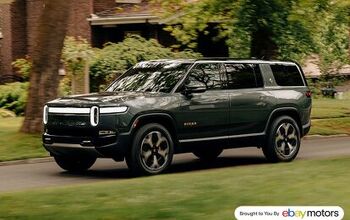


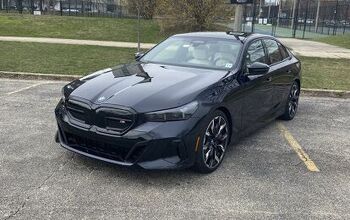

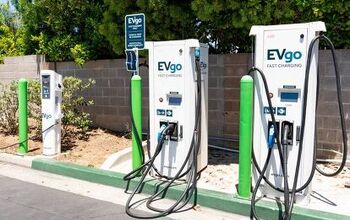

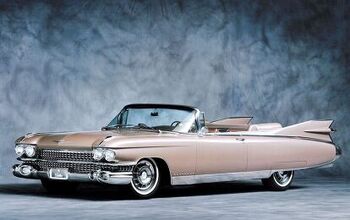
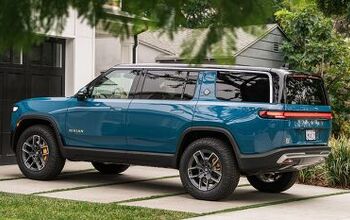

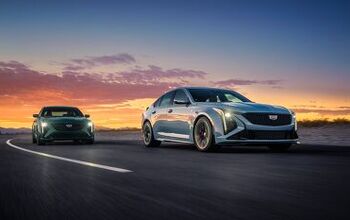
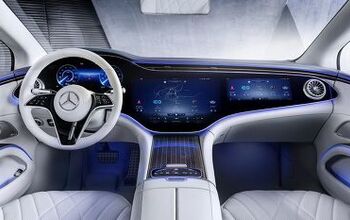

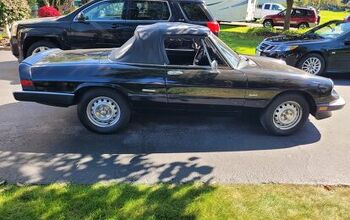


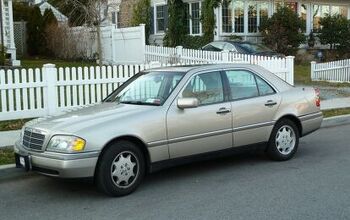
Comments
Join the conversation
It's a lot of BS to raise stock prices. End of story. They've seen Musk raise his stock prices with dreams..the big automakers want a piece of the pie. One day there will be Driverless Cars... Supersonic Flight will be the norm..and a base on Mars...and we will control the weather. None of this is happening anytime soon. As Billy Joel once said..."It's just a Fantasy..it's not the real thing." That should be the theme song for all of this. Yes..we have Supersonic flight already..but it is extremely limited in use for a variety of reasons. I think "Level 5" cars may end up in the same predicament.
Awesome to read someone taking the other side of the autonomous and electric vehicle trade. A better comparison would be the STS program at NASA (space shuttle). Taking the political angle of the project out of things, the concept of taking off like a rocket and landing like a plane seemed pretty straightforward. But then they started putting pencil to paper and discovered all of the things they didn't know *that they didn't know*. NASA's goal of launching once per week was a pipe dream based on early assumptions of how easy it would be to refurbish the vehicle and turn it around. 9 flights in 1985 was the most ever managed in a calendar year. There was no resemblance to the reality of what was discovered when put into production. We're going to run into a lot of things that "we didn't know we didn't know until we knew" with respect to both of these technologies. Of course, not as complex as the space shuttle, but the adoption will be a lot slower than some think. This is not the same as smartphones taking over the market for telecommunications like they have in the last ten years.